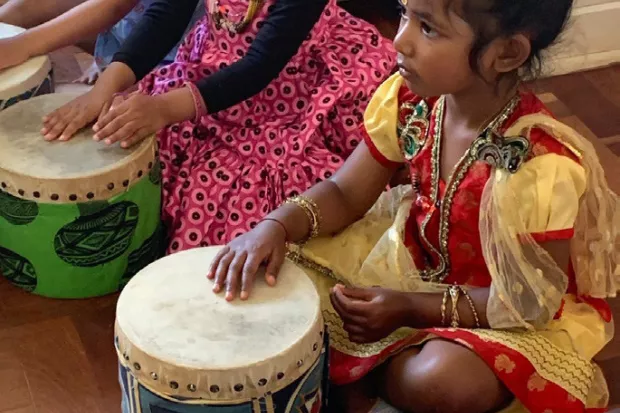Message from the chaplain - 7 October 2016
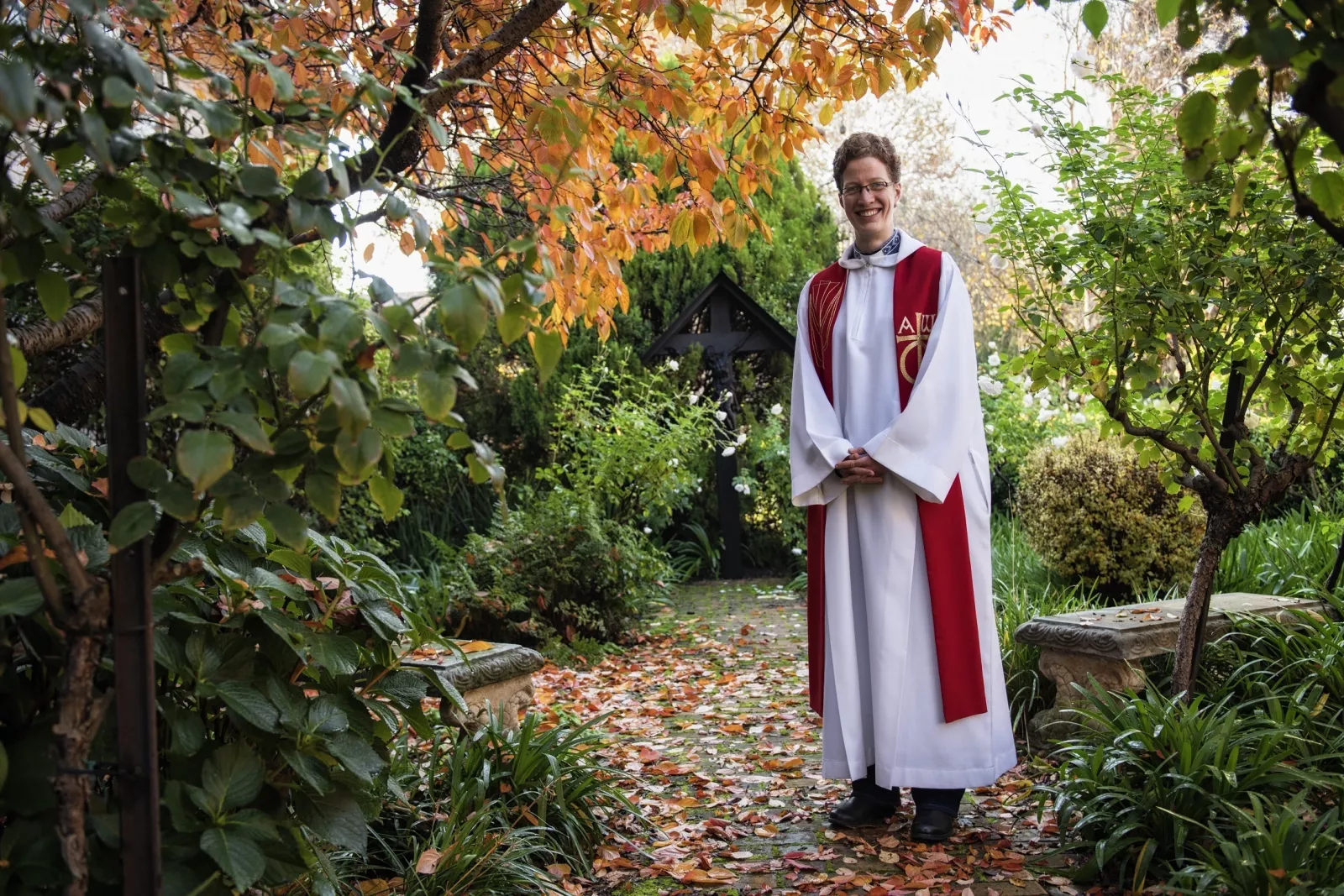
In 2014, I had the privilege of going to Canterbury for a two-week conference, with ordinands and newly-ordained men and women from countries around the world. One of my enduring memories of that conference is of standing in Canterbury Cathedral with my fellow delegates on Pentecost Sunday, and praying the Lord’s Prayer aloud — each in our own language. On an almost daily basis, a delegate from a particular country would teach us a hymn or praise song commonly sung in the language of that country.
Then, for a large part of 2015, I was asked to assist at a parish in Alexandra: St Manche Masemola. In each service at that little parish what struck me was the passion with which the congregation prayed, and sang, particularly when we sang African choruses end on end, each chorus started spontaneously by a member of the congregation, and the community’s voices building in volume until they nearly raised the roof. Also at St Manche Masemola, the parishioners taught me liturgical practices used in cultures other than my own, at various occasions: funerals, Good Friday, services of thanksgiving — all still Anglican and Christian practices.
Each of these sets of experiences, among many more, highlighted for me how important it is for worship to be inclusive — for each of us to have our own voice in worship, so that we can worship God passionately, as one. Recently, the girls have rightly started to express a need to express various cultures in our chapel worship.
Thus, in chapel assemblies here at St Mary’s, we are looking at how we create a worship space in which girls and staff from diverse backgrounds are able to express our various cultures in our Christian worship and in our expression of our Christian and Anglican faith.
This term, we will gradually be introducing simple isiZulu and Sesotho choruses such as Thuma mina (Bless me my Lord) and Siyahamba (We are marching in the light of God) into the girls’ repertoire in hymn practices. These are choruses many of the girls surely know, but not all do, and therefore these wonderful choruses have not really featured in chapel assemblies. Our aim is to be able to worship in various languages — not only in one.
Additionally, over the past couple of weeks in chapel assemblies, Athambile Masola, one of our English teachers, has shared movingly what it means for her to be both African and Christian. I have provided two excerpts from one of Athambile’s talks below, knowing that it is impossible to do justice to what she shared in such a short space:
If we go back to the scripture that was read: Moses asks God, “Suppose I go to the Israelites and say to them, ‘The God of your fathers has sent me to you’, and they ask me, ‘What is his name?’ Then what shall I tell them?” And God responds: I am who I am: I like the Xhosa translation, as it’s more poetic: Ndinguye ondinguye.
When we read that story of the burning bush with our modern eyes, we ask ourselves: is that God white, is that God a man, is that God rich or poor. We take the limitations and the constructions of our understanding of race, gender and class and we impose them on to God.
One of the things my mother did in raising me was she made me think about how I think about God in my own language, to pray to God in my own language and be in a church with people who look like me with hymns in my language. And that is the best gift and inheritance my mother could have given me, given the political and historical moment we are in: a sense of God and how I can relate to God. I don’t relate to God via images because those are constructions or our imaginations.
One of the reasons that I haven’t completely rejected Christianity, and trust me I tried, is because of the tattoo on my arm. Many of you have asked me what “Luthando eyona nto” means. Growing up, my favourite hymn was based on 1 Corinthians 13 when Paul writes to the Corinthians about love. After the explanation, which begins with “If I speak in the tongues of men or of angels, but do not have love, I am only a resounding gong or a clanging cymbal”, the chapter ends with “And now these three remain: faith, hope and love. But the greatest of these is love.” Luthando eyona nto. These words arrest me every time I read them because there’s no other way I want to grapple with this idea of being human and this thing called life.
I am not going to turn this message into a message about love, but the truth of our humanity and who we are lies in our understanding of love: do we know and believe we are loved? Are we able to give and receive love? Because God is love: 1 John 4:8 says, “Whoever does not love does not know God, because God is love.” And love doesn’t have a race, a gender or class. There’s something revolutionary in the Bible’s version of love and community.
For months, I have tried to encourage the girls to pray in their own languages in Popcorn Prayer time (a time of open prayer) in chapel assemblies. Following Athambile’s sharing that day in chapel, for the first time, the chapel was filled with the prayers and petitions of girls and staff – each in her own language. Siyabonga, Nkosi yam — thank You, Lord God.
Revd Claudia Coustas
Chaplain
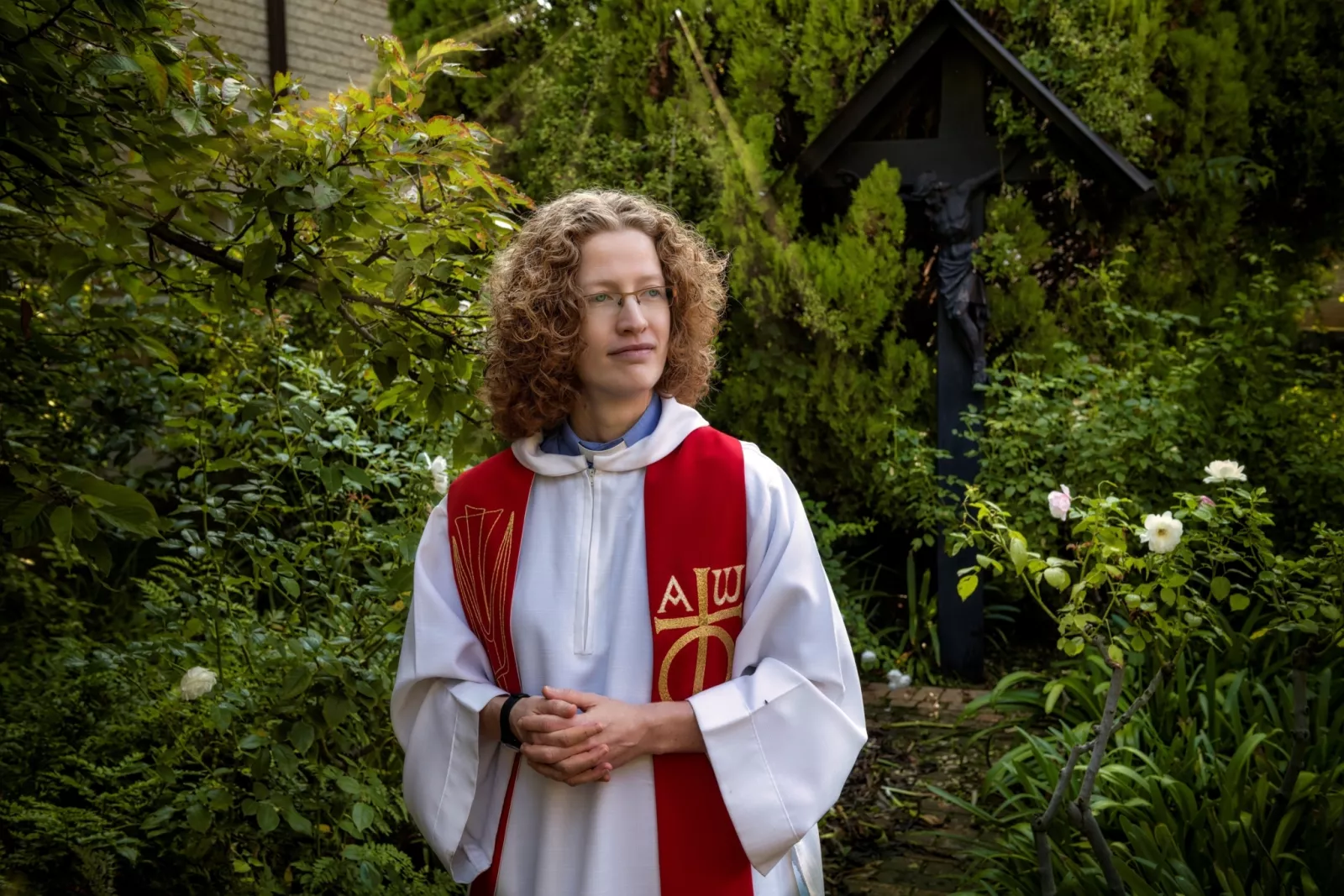
Related News
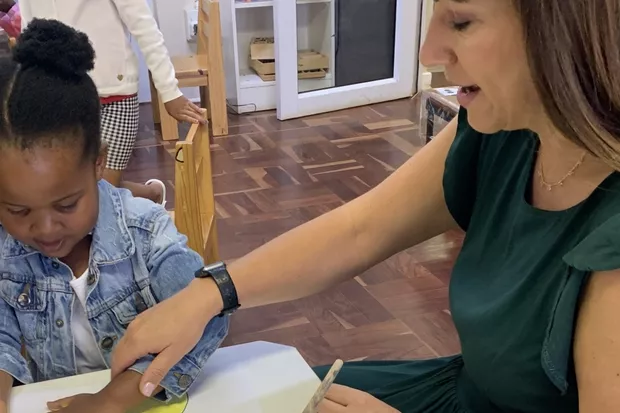
Little Saints News
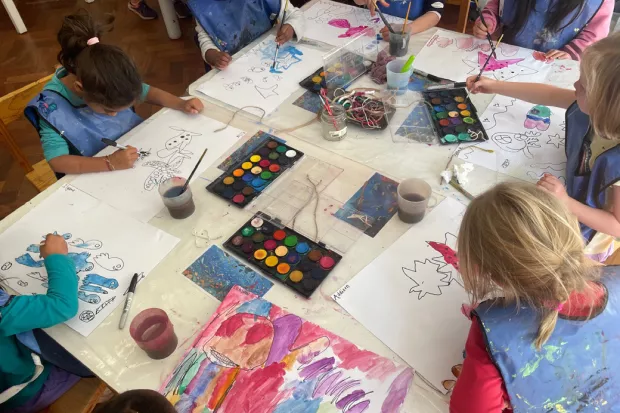
Little Saints News
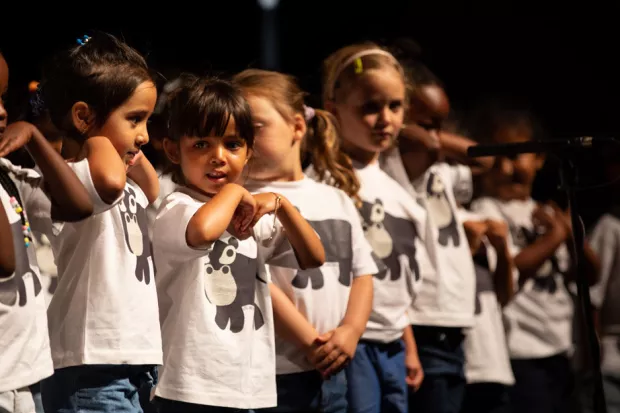
Little Saints News
